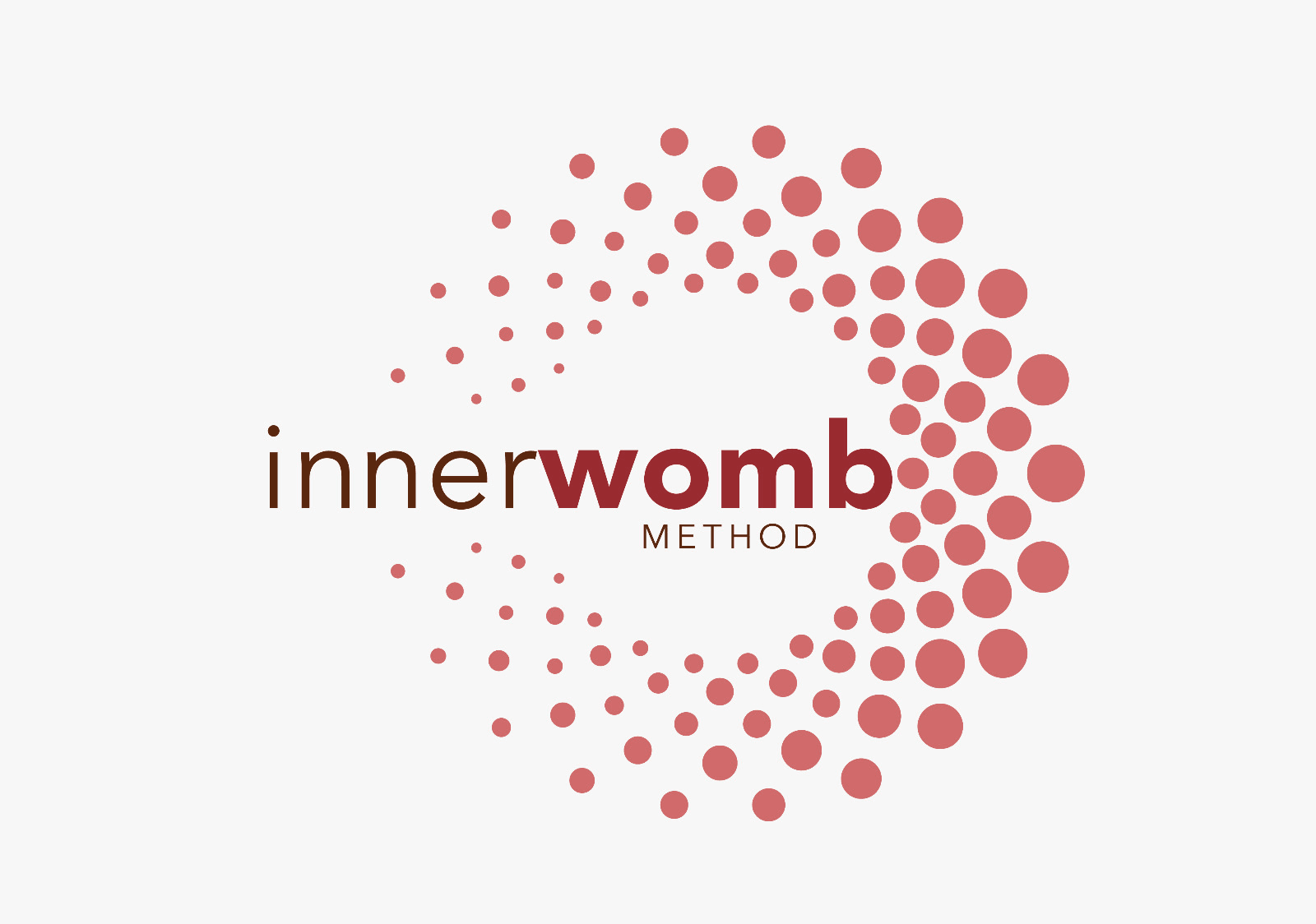Energetic Womb Trauma: Understanding and Healing Spiritual Aspects of Trauma in the Womb

Energetic womb trauma refers to the emotional and energetic wounds stored in the womb, affecting women's overall well-being. These traumas can stem from personal experiences, ancestral histories, and societal norms surrounding femininity. Understanding this trauma is crucial for healing. It impacts creativity, emotional health, and physical comfort. Various practices exist to address these wounds and reclaim the sacred space of the womb. The path to wellness often involves exploring modalities like energetic womb healing to restore balance and vitality.
Understanding Energetic Womb Trauma

Exploring the depths of energetic womb trauma reveals its complexity and significance. The womb not only serves biological purposes but also functions as an emotional and spiritual center, carrying the weight of both personal and ancestral experiences.
Definition and Origins
Energetic womb trauma arises from a variety of life experiences that penetrate deeply into one’s emotional and spiritual foundation. This trauma often originates from both personal encounters and collective histories, shaping the ways in which individuals relate to their own femininity and creative power.
- Personal experiences such as:
- Sexual violence or abuse
- Loss, such as miscarriage or abortion
- Difficult or traumatic childbirth
- Ancestral influences can also play a crucial role, as emotional and energetic burdens can travel through generations.
- Unresolved trauma from ancestors can manifest as patterns in behavior or beliefs, impacting current generations.
- Experiences from the past can influence how individuals connect with their bodies, often leading to feelings of fear or shame associated with femininity.
- The energetic residue from past collective or familial experiences, such as societal repression of the feminine, experiences of war, famine, or displacement, can subtly influence how individuals connect with their bodies and their feminine essence. This can often lead to deeply ingrained feelings of fear, shame, or inadequacy associated with their femininity or sexuality, which are held as energetic contractions in the womb space. The broader understanding of womb spirituality helps us to connect with these deeper layers of influence and healing.
The Role of the Womb in Feminine Power
The womb symbolizes much more than a reproductive organ; it is a source of feminine power, creativity, and intuition. This sacred space encompasses a range of emotional and spiritual dimensions that contribute to a woman’s identity and personal strength.
- It serves as a reservoir for creative energy, fueling artistic expression and innovation.
- The womb is also linked to intuition, reflecting the innate wisdom women carry within.
- This wisdom can guide decisions and influence personal relationships.
- Understanding this sacred space is essential for reclaiming personal empowerment and addressing any trauma that may hinder the full expression of one’s femininity.
Recognizing the womb as a powerful entity is vital in the healing journey. By understanding its significance, individuals can begin to navigate the emotional landscapes their wombs hold, paving the way for a transformative experience that fosters growth and healing.
Manifestations of Womb Trauma
The manifestations of womb trauma can take various forms, both visible and hidden. Understanding these signs is crucial for anyone seeking to address the wounds associated with their womb space.
Individual and Ancestral Trauma
Womb trauma can be experienced on both personal and ancestral levels, often intertwining and complicating the healing process.
Impacts of Personal Trauma
Personal experiences such as sexual violence, loss, or difficult childbirth significantly shape how individuals relate to their wombs. These events may contribute to:
- Feelings of disconnection from one’s body and sexuality.
- Challenges in forming intimate relationships and experiencing sexual pleasure.
- Lingering emotional wounds that manifest as anxiety or depression.
- Physical issues, including painful menstruation or reproductive health concerns.
The Influence of Ancestral Traumas
Ancestral trauma adds another layer of complexity. Emotional burdens can be passed down through generations, affecting the womb space in profound ways. The influences of ancestral traumas include:
- Inherited patterns of behavior that may hinder intimate relationships.
- Collective memories of repression and fear related to feminine power.
- Emotional states absorbed during gestation, affecting future generations: The emotional and energetic environment of our mother's womb, which was influenced by her own experiences and those of her lineage, can imprint upon us, affecting our future emotional set-points and sensitivities even before our birth. Learning to discern these inherited patterns is often part of a profound womb awakening signs journey.
Recognizing Symptoms in Daily Life
Recognizing the symptoms of womb trauma is a vital step toward healing. Various signs may emerge in everyday experiences.
Emotional and Physical Indicators
Women may notice several emotional and physical symptoms associated with wounded womb energy:
- Creativity blockages may manifest as an inability to pursue artistic endeavors or express oneself fully.
- Emotional imbalances often include feelings of guilt or shame related to self-worth and sexuality.
- Physical symptoms might consist of irregular menstruation, recurrent pelvic pain, or discomfort during intimacy.
- A fear of embracing one's sexuality can result in avoidance of intimate relationships or unhealthy sexual behaviors.
Awareness of these manifestations can empower individuals to address their womb trauma and begin the healing journey.
Healing Practices for Womb Trauma
Healing practices for womb trauma encompass a range of emotional, physical, and energetic methods aimed at restoring balance and connection to the sacred feminine energy within. These practices facilitate healing on multiple levels and help individuals reclaim their inherent power.
Emotional and Energetic Healing Methods
Meditation and Visualization Techniques
Meditation serves as a fundamental practice for connecting with the womb space. It encourages individuals to visualize healing light flowing into the womb, illuminating areas of pain or trauma. Regular meditation sessions create a safe space for emotional release and allow for personal insights to emerge, fostering a deeper relationship with one's femininity. Visualization techniques can also include imagining the womb as a nurturing sanctuary, reinforcing its role as a source of creativity and power.
Journaling for Emotional Release
Engaging in journaling provides an excellent outlet for processing emotions tied to womb trauma. Writing prompts can guide reflections on experiences associated with the womb, such as personal trauma or feelings regarding femininity. By articulating these emotions, individuals can recognize patterns and begin to untangle deeply rooted beliefs and emotional blocks. This reflective practice often leads to breakthroughs and a clearer understanding of one’s journey toward healing.
Role of Community Support
Community plays a vital role in the healing process. Finding support in groups of like-minded individuals fosters a sense of belonging and validation. Sharing personal stories within a safe circle creates collective energy that can facilitate healing. Whether it’s through workshops, online forums, or local meetups, experiencing empathy and compassion from others can profoundly impact one’s journey to reclaim the sacredness of the womb.
Physical and Creative Expression
Yoni Mapping and De-armoring
Yoni mapping is an explorative practice that involves individuals connecting with their intimate anatomy. This self-exploration fosters awareness and appreciation for the body, weaving together physical and emotional healing. De-armoring techniques, which include gentle self-pressures, help release stored tension and energy in the yoni. This can transform discomfort into sensations of pleasure, redefining the connection one has with their sexuality and womb space.
Exploring Cyclical Awareness
Understanding and honoring natural cycles is integral to womb healing. Women are encouraged to track their menstrual cycles alongside lunar phases, as these rhythms reflect the cyclical nature of life. Engaging in practices that align with these cycles can enhance awareness of the body and its needs, allowing for a deeper connection to femininity. This cyclical awareness supports self-acceptance and empowers women to embrace their bodies' innate wisdom.
Holistic and Alternative Therapies
Acupuncture and Energy Work
Holistic therapies such as acupuncture and energy work can complement emotional and energetic healing methods. Acupuncture focuses on balancing energy flow throughout the body, addressing blockages that may manifest as physical discomfort or emotional distress. By stimulating specific points, this practice can promote relaxation and restore the body's equilibrium, which is vital for holistic healing.
Herbal and Natural Healing Rituals
Using herbal remedies and natural healing rituals enhances the physical and energetic cleansing of the womb. Practices like yoni steaming utilize herbal infusions to facilitate the release of stored emotions and tension. These rituals honor the sacredness of the womb and connect women to traditional healing practices. Integrating natural herbs that support reproductive health can also foster a nurturing environment for emotional healing, reinforcing the womb's role as a source of creativity and vitality.
Reclaiming the Sacred Womb Space
Reclaiming the sacred womb space is a journey of healing and empowerment. It involves reconnecting with the womb as a source of strength, creativity, and ancestry.
Building a Connection with the Womb
Building a deep connection with the womb allows individuals to access their innate feminine power. This connection fosters an understanding of both personal and collective histories and potential.
Feminine Power and Creative Potential
The womb is a powerful symbol of creation and intuition. It embodies the potential for life and the intricacies of feminine energy. When women tap into this power, they often experience an awakening of creativity, which can manifest in various forms, such as art, writing, and nurturing roles. Embracing the womb as a sacred space can unleash suppressed talents and inspire confidence in expressing one's authentic self. Recognizing this connection fosters self-love and acceptance, paving the way for deeper emotional and spiritual well-being.
Ancestral Wisdom and Feminine Lineage
Understanding the ancestral connections tied to the womb can be transformative. Each woman inherits not only her physical lineage but also the emotional and energetic histories of her ancestors. Engaging with this inherited wisdom can reveal patterns of trauma and triumph, empowering women to break cycles of pain and cultivate healthier legacies. By honoring their feminine lineage, women can gain insights into their strengths and challenges, ultimately reinforcing their identity and purpose. This connection enriches the journey of reclaiming the sacred womb, encouraging growth and healing for future generations.
Embracing the Journey of Healing
The journey to reclaim the sacred womb is deeply personal and often requires patience and compassion. It is essential to recognize that healing is not linear. Each woman's story is unique, influenced by individual experiences and ancestral histories.
Overcoming Fear and Shame
Many women carry fears and shame related to their womb stories, often rooted in societal conditioning. Overcoming these negative feelings is crucial for reclaiming the womb's power. This process may involve confronting past traumas and redefining one’s relationship with femininity and sexuality. Engaging in supportive practices, such as therapy or supportive circles, can facilitate this healing. Creating a safe space to express feelings can transform these experiences into sources of strength and resilience.
Paving the Way for Future Generations
Reclaiming the sacred womb space is more than a personal journey; it is an act of empowerment for future generations. By healing and embracing their womb stories, women contribute to a shared legacy of strength and wisdom. This journey can inspire daughters, granddaughters, and the broader community, creating a ripple effect. It becomes vital to pass down lessons learned and the importance of honoring the womb as a sacred space. Teaching future generations to embrace their feminine heritage fosters a culture of openness and acceptance, free from the burdens of past traumas.
